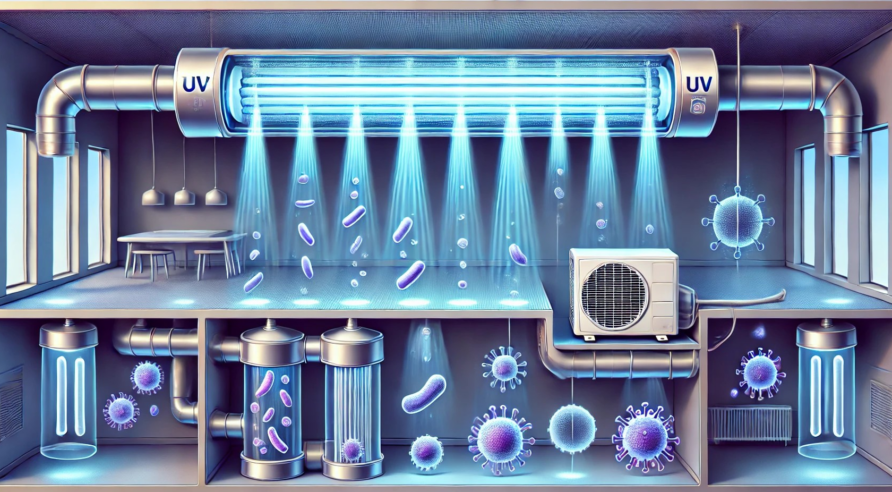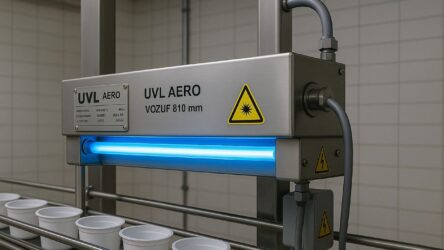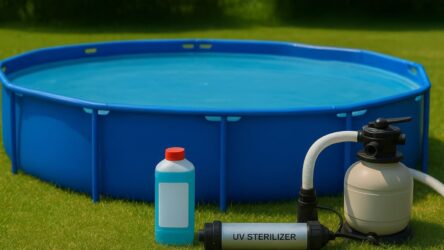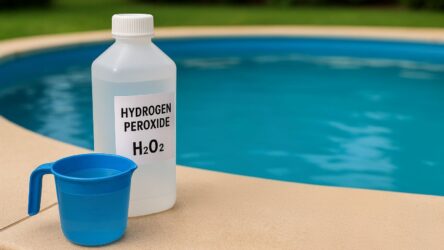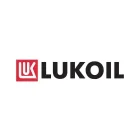Ultraviolet lamps are mostly used to kill viruses and bacteria in environments such as water and air. The design and characteristics of these devices depend on the area of application, so they are designed with the specifics of the environment in mind. Let's look at the main differences and features of UV lamps using the example of the ANB and ANC series (FLOW and VOSUV) designed for air disinfection.
What is the difference between UV lamps for air and water disinfection?
Although both types of lamps use ultraviolet light to kill germs, their specifications and designs are adapted to different conditions
- Water disinfection lamps. UV water lamps target pathogens by destroying their DNA and preventing them from reproducing. These devices work effectively in constant contact with water, but are not suitable for use with the air environment, as they lose power when cooled sharply and are sensitive to temperature fluctuations.
- Air disinfection lamps. Lamps designed for air treatment are adapted to intensive circulation and can withstand temperature variations (from 5 to 30°C). Their design provides for a higher power, which allows effective disinfection of air streams. Often such lamps use an amalgam alloy, which ensures stable operation, resistance to cooling and long service life. Some models have a curved shape for compact placement in ventilation systems and even distribution of radiation.
Air disinfection using UV lamps
The air is purified by passing through systems equipped with UV lamps. Radiation with a wavelength of 254 nm destroys the DNA of microorganisms, making them unable to reproduce further.
Company UVL manufactures amalgam analogs of ANB and ANC lamps (FLOW and VOSUV) for air disinfection. These devices are equipped with UVL-LivePower+ coating, which prevents the radiation level from decreasing, ensuring stable operation throughout their lifetime.
- FLOW - models designed to work in active air circulation. Their name indicates their high efficiency when installed in ventilation systems, which allows disinfecting the passing air streams.
- VOSUV - lamps designed to work in rooms without active circulation. The abbreviation stands for Vacuum Optimized Sterilization UV, indicating their optimal use in static air environments. These devices are suitable for areas with high sterility requirements where air is not constantly circulating.
Larger spaces may require multiple lamps or models with increased wattage for effective cleaning.
Importance of ultraviolet air treatment
Ultraviolet lamps are considered one of the most effective methods of air stream disinfection, killing up to 99.9% of microorganisms. This makes them in demand for use in medical facilities, offices, public places and other spaces. This method leaves no chemical residue, does not require additional ventilation and is safe for health.
Thus, UVL products represent a reliable and modern solution for those who seek to maintain clean air using advanced and safe technologies.

